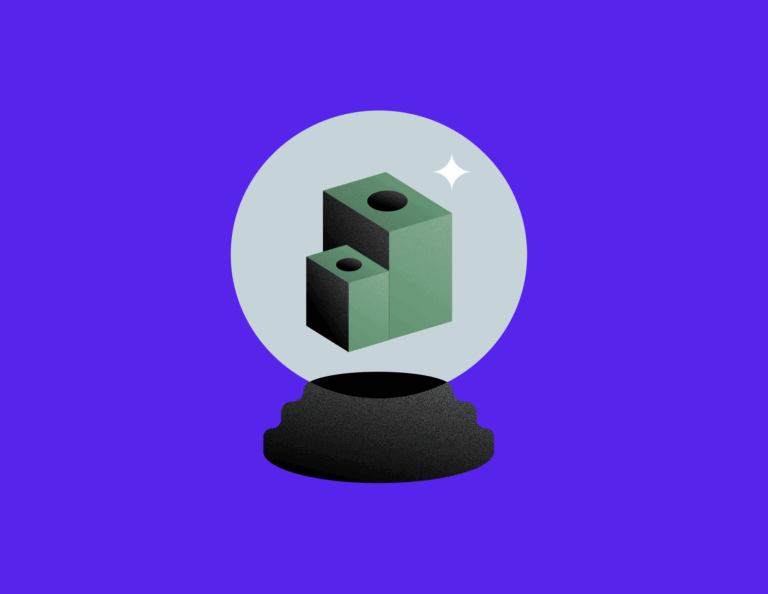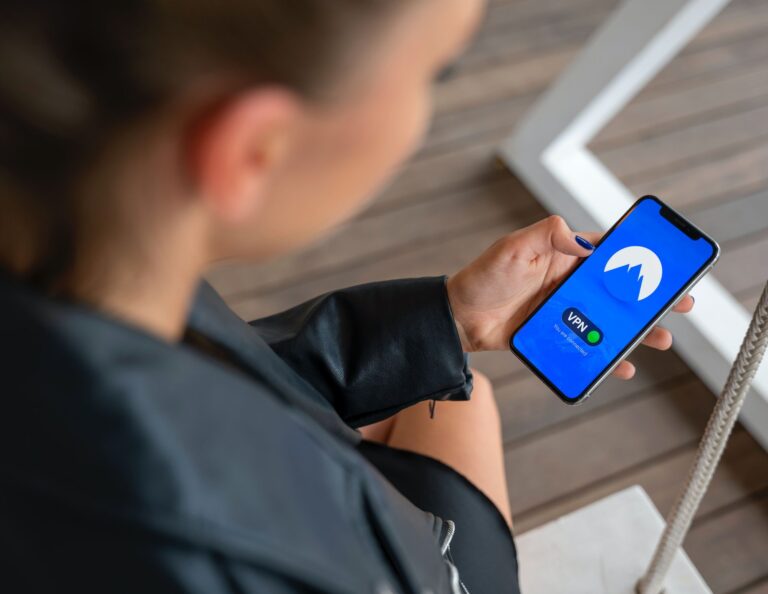
At first thought, many people would consider automation and personalization to be on opposite ends of a spectrum. How could it be possible to put communications on autopilot without sacrificing that ever-critical personal touch? Enter chat marketing.
If you’ve never heard of chat marketing, you’re not alone. It’s a newer trend for online businesses, but one that has rapidly picked up speed in recent years. Today’s consumer is moving away from phone and email communications. More than ever, they prefer using messaging apps like Facebook Messenger, Instagram direct messages and WhatsApp. The pandemic only spurred this movement further, as people have been quarantined at home and unable to connect with people in person.
When you pair that with the fact that consumers’ attention spans are shorter than ever, it becomes critical that your business is developing content that is attention-grabbing and actionable, while also remaining unique and personalized to each individual. That’s why small businesses must use messaging apps to connect with potential clients, as it provides a custom and convenient channel to engage with one another.
Gone are the days of mass messaging, we’ve entered the age of one-on-one communications and chat marketing is the key to marrying automation with personalization. If you’re ready to learn about how automated chatbots can streamline business operations and enhance the client experience, consider this your guide to all things chat marketing.
The Benefits of Automated Chat Marketing
There are many benefits to be said about chatbots, but perhaps the biggest incentive is the ability to save time without sacrificing quality or brand voice. There’s only so much time on any given day, so anything we can do to speed up operations is welcome. Yet, we don’t want to sacrifice the personal connection with our customers.
Historically, chatbots have been seen as impersonal or, quite simply, robotic. However, chat marketing utilizes chatbots from a personalization standpoint with the understanding that each user has different needs, preferences and qualities. Software these days can tap into Facebook Messenger’s API and generate everything from a user’s first name to their location, adding a personal touch to an automated conversation.
When a user has opted into a chat, the chatbot can automatically ask questions ranging from “What is your budget?” to “When is your event?” and provide custom responses based on the information provided. That information can then be stored in a client management software for small businesses like HoneyBook for future communications so it never feels like they have to start from scratch.
Pro Tip: Automated chat marketing also minimizes human error.
We’re all humans who make mistakes, whether it’s getting someone’s name wrong or forgetting the budget they’ve shared with us. When communications are automated, you can generate leads with consistent and predictable conversations on auto-pilot. There are no mistakes to be made!
Last but not least, automated chat marketing helps to enhance the client experience from the very first inquiry. People desire instant gratification and, with a chatbot, they can get the information they want within seconds. They don’t need to wait several hours for a representative to get back to them; they can navigate through the early stages of your marketing funnel on their own without feeling the pressure of a phone call or a cold email.
Getting Started with Chatbots
First and foremost, you need to create a chatbot! I highly recommend using ManyChat as it’s the leading chat marketing platform in the world, with 1.8 million businesses using it to engage with customers. Once your chatbot is set up and ready to implement, I encourage you to install it in three places: your website, Facebook Business page and Instagram.
Taking Chatbots to the Next Level
Chatbots go far beyond just connecting leads with your brand experience; they can also be implemented into your workflows to further streamline internal operations. For example, I use Calendly to automate appointment scheduling. This is a great tool to replace the usual back-and-forth of settling on a time that works for everyone.
I can now develop a workflow for users chatting with our bot; when ready to schedule a consultation, they are automatically sent my Calendly link to select a time. At that point, my workflow links Calendly to Zoom to generate an invitation to the meeting without me having to do a single thing.
With third-party integration software, like Zapier, you can also link ManyChat to CRM platforms like HoneyBook, which also offers an online meeting scheduler. Say someone provides their event details to your chatbot; you can automate the process to gather those details and populate a pre-existing proposal template to be sent out to the client with minimal effort on your end.
Client workflow automation software isn’t just the wave of the future, but our present. Any business, small or large, can achieve personalization with automation using chat marketing. If chat marketing is new to you, I encourage you to dig in further. Get familiar with what chat marketing is and how it can help you and your business earn more, connect with potential clients, have meaningful conversations and save time while doing so.



